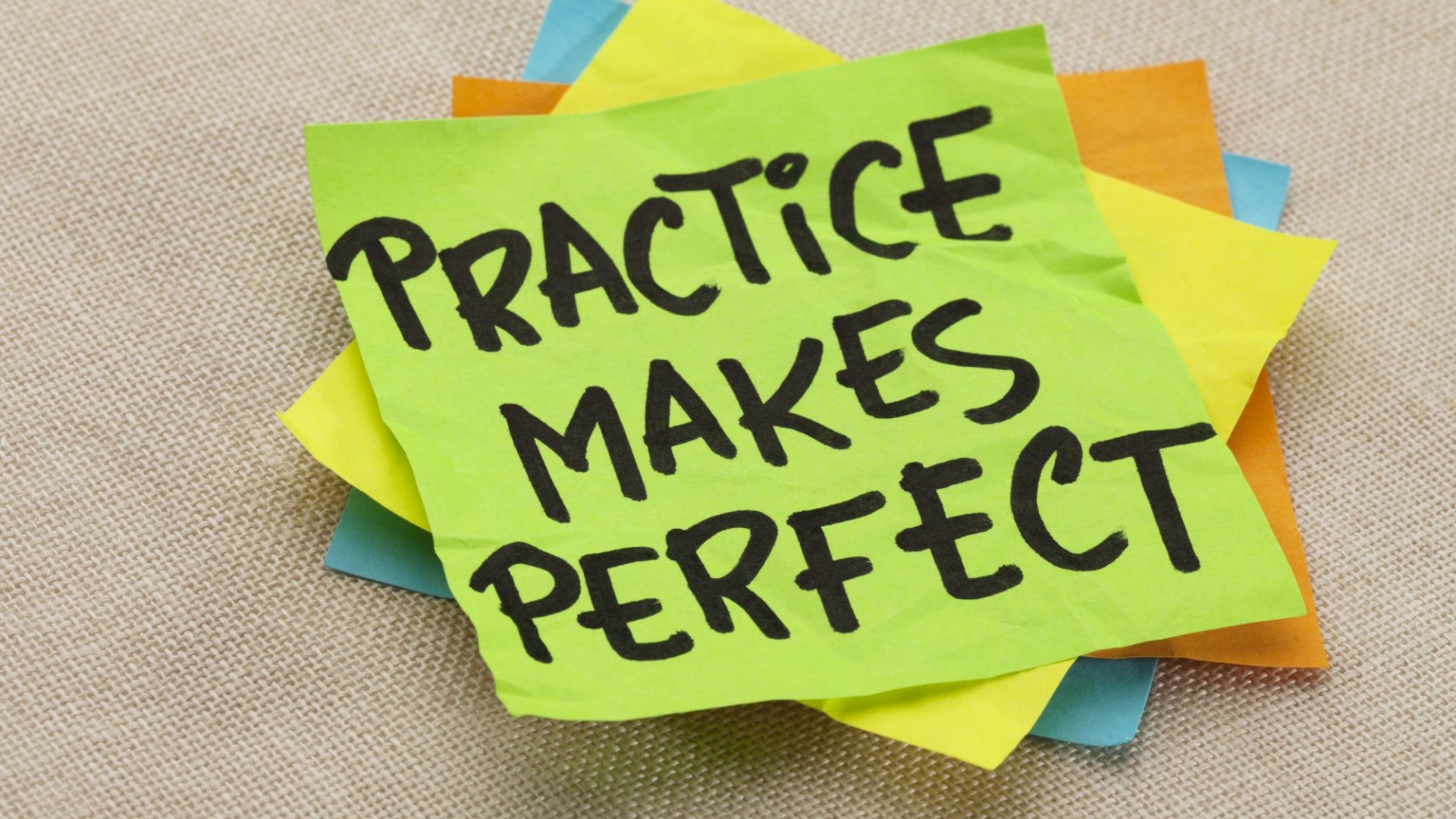‘’Vulnerability is the birthplace of innovation, creativity, and change.’’
– Brené Brown
It’s part of the game these days; if you’re a business owner and want to be successful, you need to get in front of the camera.
Occasionally at least.
At New Evolution Video Production, we’ve been working with clients for years, helping them turn raw ideas into awesome videos. And based on our experience, we know that many people wonder how to be natural in front of the camera.
Cameras can do weird things to people.
After all, talking to an inanimate object and being vulnerable in front of the person holding it can be intimidating and make you feel self-conscious.
But don’t let your fears get the better of you.
In this post, we’ve outlined six tips to help you look good on camera and nail your video marketing.
Let’s roll!
 Have a Plan but Not a Detailed Script
Have a Plan but Not a Detailed Script
What we mean by having a plan is that you should know exactly what you’re going to talk about and what emotions you want to convey. The idea isn’t to write an entire script to the letter and learn it by heart as that would make you sound the exact opposite of natural.
Instead, jot down your key ideas and main talking points on paper and try to remember them in the right order. If you know your topic perfectly, you’ll know what to talk about for each point. So, all you’ll need is a thread to help you organize your ideas, convey them clearly and spark your audience’s interest.
 Don’t Forget to Smile and Blink
Don’t Forget to Smile and Blink
Yes, that’s a real thing. Some people are so uncomfortable and nervous on camera that they forget to smile or blink. The thing is, when people watch your videos, they want to be able to relate to you and connect with you. If you look serious, stiff, never blink, and send a serial killer vibe, they might hit the exit button quicker than you’d hoped. Smiling is a universal way to connect with humans, so make sure to make eye contact with the viewers and genuinely smile as you talk them through your video content.
 Visualize a Friend or Family Member
Visualize a Friend or Family Member
This is not as easy as it sounds but with practice, you can do it. When you talk to the camera, try and visualize a friend or a family member and pretend you’re having a conversation with them. This will help you relax and will make you come across more natural on camera. You’ll be able to forget the thousands or millions of people who might be watching your video and focus on the one-on-one conversation you’re having with the person you’re visualizing. To make it easier, you can even put a picture of them near your camera.
Want to know a secret?
Some journalists have even admitted to using this trick when starting out.

Practice, Practice and Practice some More
Unless you’re a natural and let’s be honest, you wouldn’t be reading this post if you were, your first few videos will probably not be your best. But you know what they say, practice makes perfect. Not only does recording yourself a few times allow you to practice your ‘’script’’, but it’s also the best way to spot any nervous tic you might have. What’s more, it enables you to spot many things such as the frequent ‘’um’’, ‘’like’’, ‘’you know’’, the occasional death stare, or bad posture that could prevent you from connecting with your audience.
The more you practice, the easier it’ll be for you to be yourself on video and learn how to look good in front of the camera.
We’d even recommend filming many short videos that you never plan on uploading as often as possible. For instance, you can film yourself every time you cook and describe what you’re doing or when watching TV as if you were hanging out with someone you like. It’ll help you relax and get used to talking to the camera as if it was your friend.
 Pick the Right Outfit
Pick the Right Outfit
Make sure to wear an outfit that you love and that makes you feel great about yourself. Picking the right outfit will help boost your self-confidence, which will, in turn, show on camera. For instance, if you’re insecure or not confident about your arms, make sure to wear something with sleeves, so you’re not constantly thinking about them while you’re talking.
The same thing applies to your hair and makeup. Don’t go too crazy but don’t record a video of yourself looking like you’ve just got out of bed either. Sure, a bit of authenticity and sincerity is always appreciated. However, looking professional, groomed, and as if you’d made an effort will help you feel empowered, and your audience will feel like you genuinely care about them.
 It’s Ok To Mess Up
It’s Ok To Mess Up
Sure, in an ideal world, you’d nail all your videos first time using all the tips above and end up with thousands of views, better engagement, and a significant increase in your sales. Terrific. Yet, you’re only human, and you’re bound to make mistakes. But the beauty of video marketing, whether shooting for a Facebook ad video, a YouTube video, or the explainer video on your homepage, is that messing up makes you appear human and more approachable. In fact, owning some of your mistakes on camera and still publishing your work can appeal to your audience as they get to see the real you.
So, as long as you’re blinking, smiling, and letting your personality shine, you’ll be fine.
Looking for a San Diego Video Production Company to Help You with Your Next Video?
Not all video production companies in San Diego are created equal. The most important thing when selecting the video production company you want to partner with is the connection you have with your videographer. They should be able to make you feel comfortable and bring the best out of you. While we take our job seriously and are committed to delivering stunning and professional videos, we also always make sure our clients have a blast while shooting. That’s the best way to ensure they come across genuine and natural on camera. So, get in touch with us if you’d like us to help you with your video content marketing.
And once you get the perfect video, don’t forget to read our blog on how to repurpose one video across different platforms so that you can maximize your investment.
After all, you’ve spent so much time practicing and learning how to be comfortable on camera that it’d be a shame to miss out on opportunities to share your work with the world.




